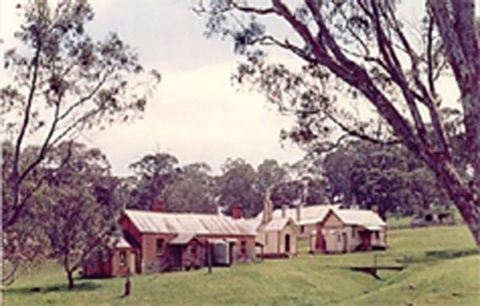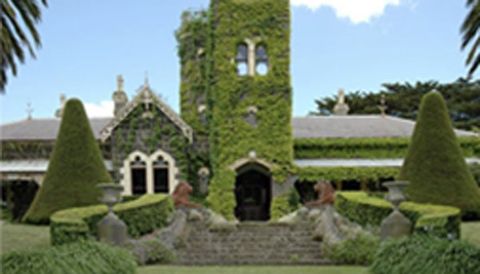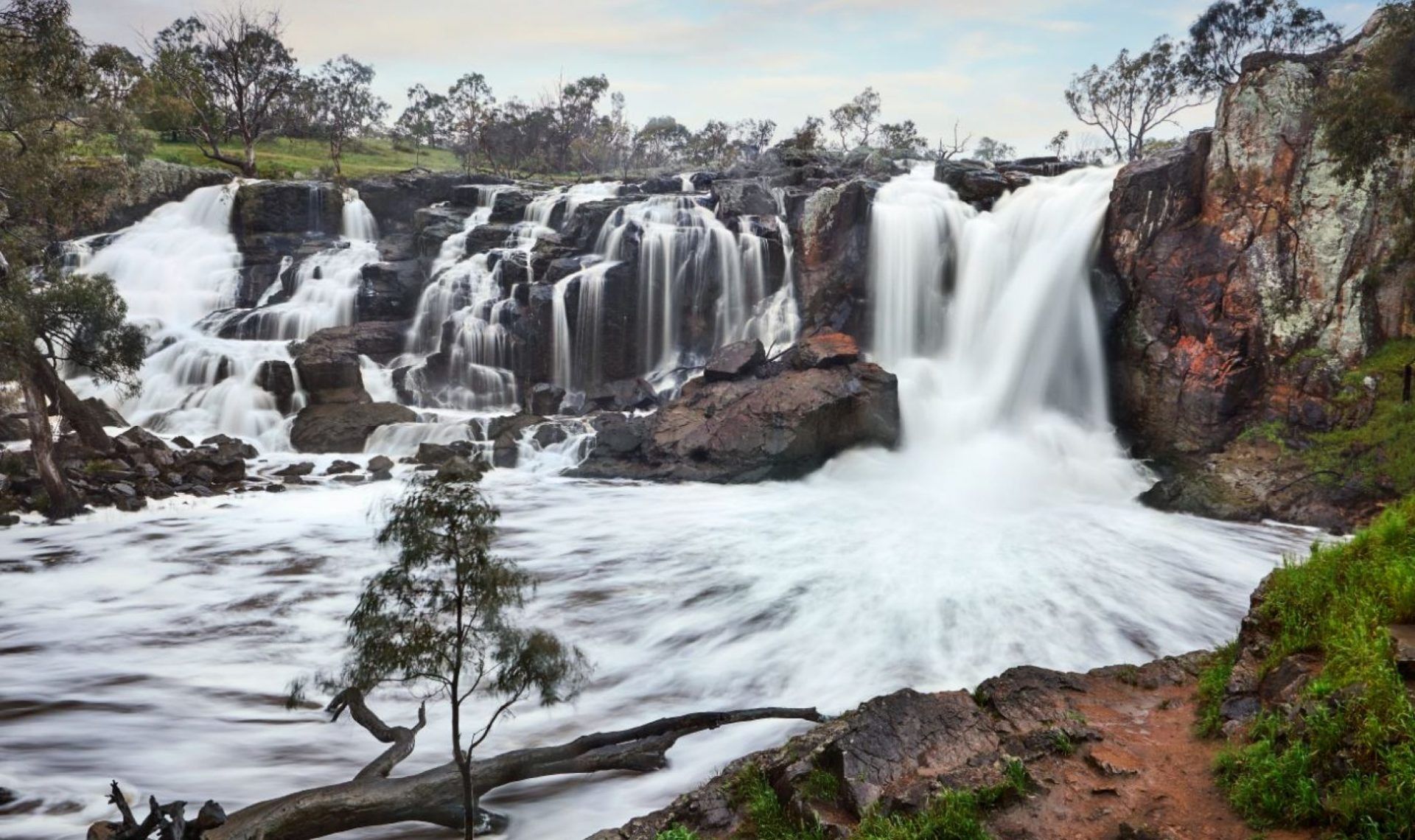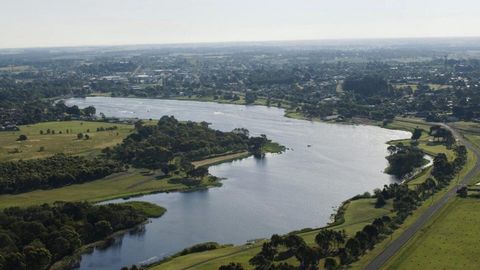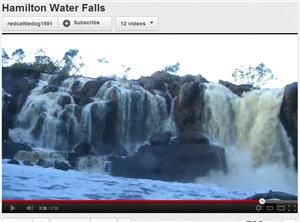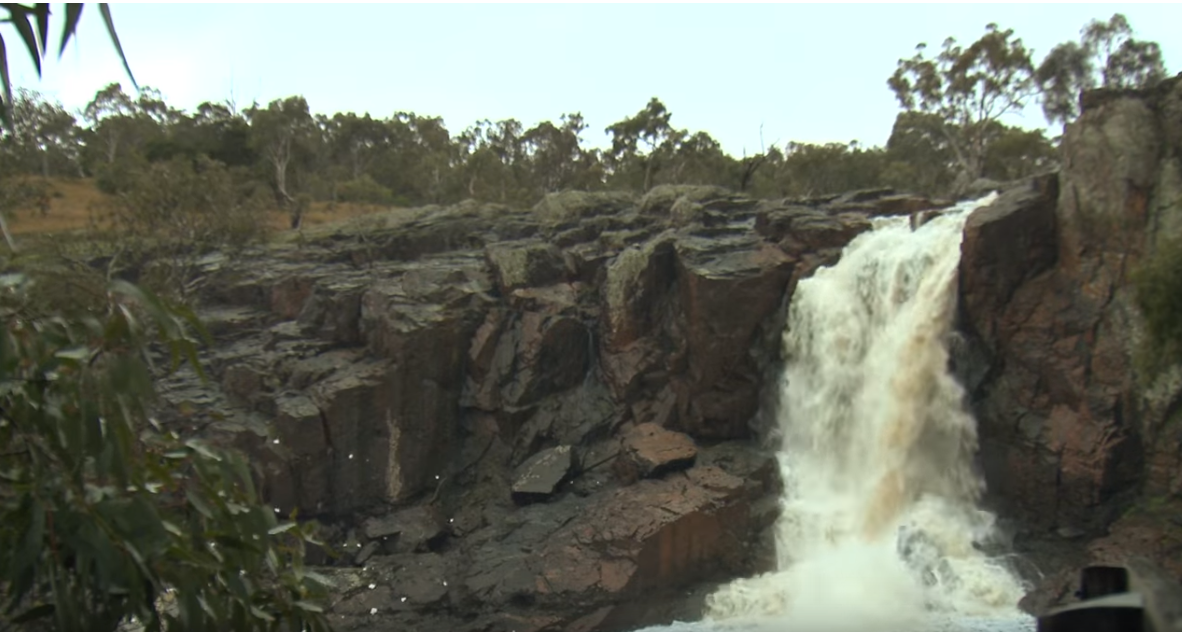THINGS TO DO
HAMILTON BOTANICAL GARDENS

The Hamilton Botanic Gardens is one of the earliest botanic gardens in Victoria and has great historical, scientific (botanical) and aesthetic significance. It received the State's highest heritage protection, following its inclusion on the Victorian Heritage Register. After Hamilton was surveyed in 1850, land was set aside for a public garden in 1853 and gazetted in 1870.
William Ferguson, a landscaper from the Royal Botanic Gardens in Melbourne, undertook the first plantings on site in 1870. However, from 1881, the gardens were developed to a plan by William Guilfoyle, the curator of the Royal Botanic Gardens and one of Australia's greatest garden designers and botanists.
Victoria's fourth oldest botanic gardens, it is one of the State's most intact examples of a 19th-century regional botanic garden, and an important early example of the work of Guilfoyle.
With curved paths, sweeping lawns, perimeter plantings, areas of intensive horticultural interest and a lake, the Gardens exemplify Guilfoyle's ideas about planting.
Today, the original Guilfoyle plan for the Gardens still survives and can be viewed at the Hamilton Art Gallery, along with an accompanying letter from the designer.
Significant plants include the State's only known Gymnocladus dioicus (Kentucky Coffee Tree) and largest known Chamaecyparis funebris (Funeral Cypress), as well as two rare Quercus leucotrichophora (Himalayan Oaks).
Reflecting 19th-century traditions, zoological elements have been a feature of the gardens since 1885, with two aviaries and an animal enclosure remaining.
Set in 4 acres, Hamilton Botanic Gardens is bounded by French, Kennedy, Martin and Thompson Streets, Hamilton.

Slide title
Write your caption hereButton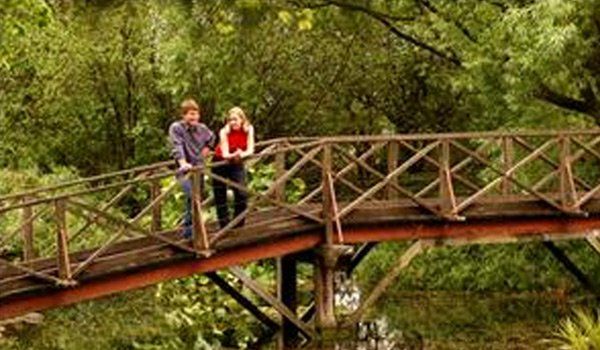 Write your caption hereButton
Write your caption hereButton
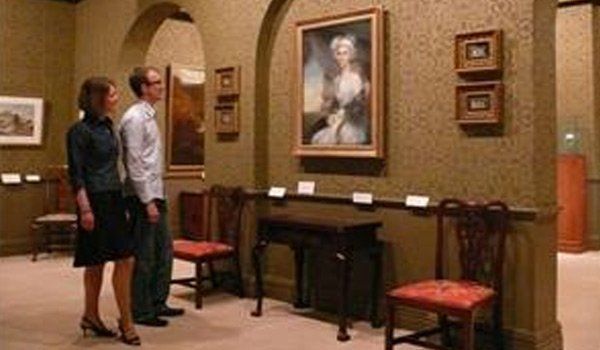
Slide title
Write your caption hereButton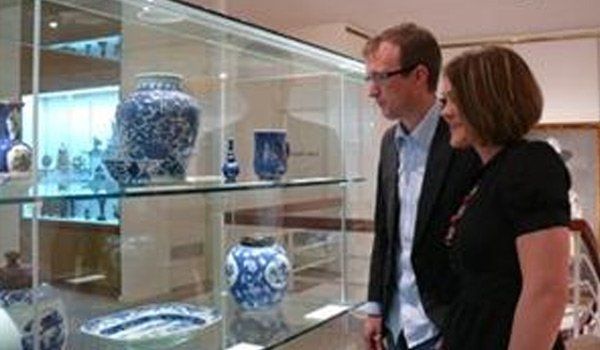
Slide title
Write your caption hereButton
HAMILTON ART GALLERY

Hamilton Art Gallery is one of the finest galleries in Australia. It is famous for its outstanding collection of fine and decorative arts. Silver, glass and porcelain, oriental ceramics, furniture, paintings and prints are featured in six modern galleries. Many of the treasures came from the gracious country homesteads around Hamilton, the first area of pastoral settlement in Victoria.
A bequest to the City of Hamilton of an impressive collection of art works by a local grazier, Herbert Buchanan Shaw, allowed Hamilton Art Gallery to first open its doors in October 1961.
Herbert and his wife May were noted collectors and, during their lifetime, established a magnificent art collection. On his death in 1957, Herbert bequeathed almost 800 items and £6,000 so an art gallery could be built to house his extensive collection of Oriental and European Ceramics, glass and silver, tapestries, objects d'art, paintings and prints.
The collection has now grown to 8,000 objects through bequests, acquisitions and gifts and includes fine international examples of 19th and 20th Century decorative arts and a growing collection of paintings and prints including Australian art.
The Gaussen collection of paintings by Paul Sandby (1731-1809), considered to be the 'father of English watercolour', is unrivalled in Australia and second to the Queen's collection at Windsor Castle. Still in their original frames they are displayed in an elegant recreation of an English drawing room with William Morris wallpaper.
OPENING HOURS
Monday to Friday: 10:00am to 5:00pm
Saturday: 10:00am to 12 noon and 2:00pm to 5:00pm
Sunday: 2:00pm to 5:00pm
Closed: New Year's Day, Good Friday, Christmas Day and Boxing Day.
Contact the Gallery for opening hours on other public holidays.
FREE ENTRY
Guided Tours are available by appointment.
Wheelchair access. A courtesy wheelchair is available.
ANSETT MUSEUM
Sir Reginald Ansett Transport Museum

The Sir Reginald Ansett Transport Museum is based on the Ansett company's first aircraft hanger.
Centrepiece of the display is a Fokker Universal aircraft, similar to the one used on the first Ansett flight in 1936.
Other memorablilia include documents from the early days of the Ansett empire. Of particular interest is the first prospectus which sets out the capital required and proposed development of the company.
Other items, like the wheel from a Boeing 727, graphically illustrate the rapid advances in aviation.
The museum also has a complete set of flight attendant uniforms and an array of smaller items to keep the nostalgia buffs busy for quite some time.
HOURS
Open daily from 10am to 4pm
Closed Good Friday and Christmas Day
LOCATION
Cnr Ballarat Road and Riley Street, Hamilton Phone: 03 5571 2767
ADMISSION
Adults $4
Pensioners $2
Children $2
Families $8
WEBSITE
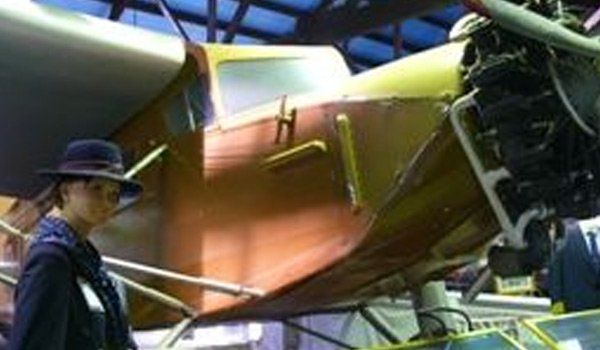
Slide title
Write your caption hereButton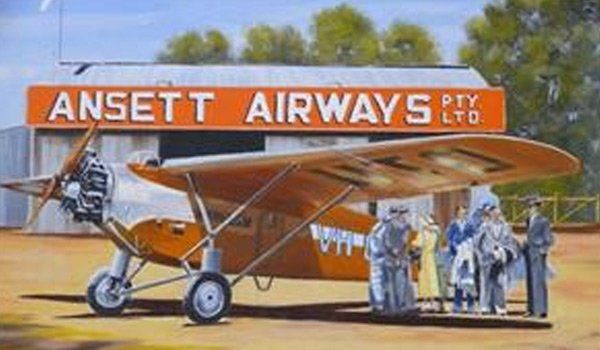
Slide title
Write your caption hereButton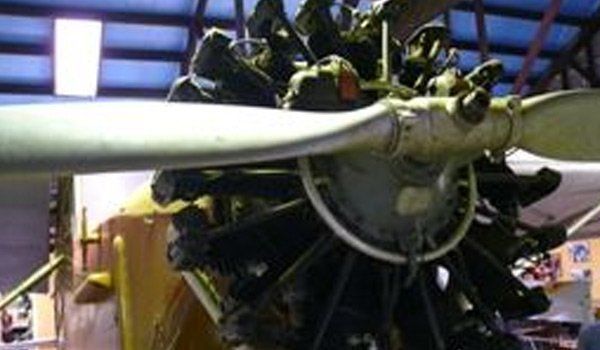
Slide title
Write your caption hereButton
WARROCK HOMESTEAD

With more than 30 heritage classified buildings dating back to 1843, the Warrock Homestead complex is arguably Victoria’s most significant historical settlement. Originally comprising of approximately 57 mostly timber buildings, the complex included a main homestead, workers’ accommodation, woolshed, stables and carriage house, blacksmith shop, storerooms, dairy workshops and kennels home to the first Australian “Kelpie”. The complex was entirely self sufficient and featured a landscaped garden with significant trees and plant species and one of the first private glass greenhouses constructed in Australia.
NARRAPUMELAP HOMESTEAD

Narrapumelap, 1873, is an exceptional example of the passtion to build and establish estated that gripped the emerging pastoral elite in their ascendency to power and privilege.
Narrapumelap symbolises a period in Australian history where land ownership was the key to wealth and influence and impressive houses conferred status and respectability on their owners.
The colony allowed many a new beginning and John Dixon Wyselaskie, the successful proprietor of Narrapumelap, had good reason to bury his not so auspicious past in the new found rank and position.
What is the story behind the name Wyselaskie in an area mostly settled by those of Scottish ancestry?
Was there a connection between Wyselaskie, the last king of Poland and Catherine the Great of Russia?
Visit Narrapumelap and discover more about this intriguing and extraordinary saga from its duplicitous beginninbgs to its denounement.
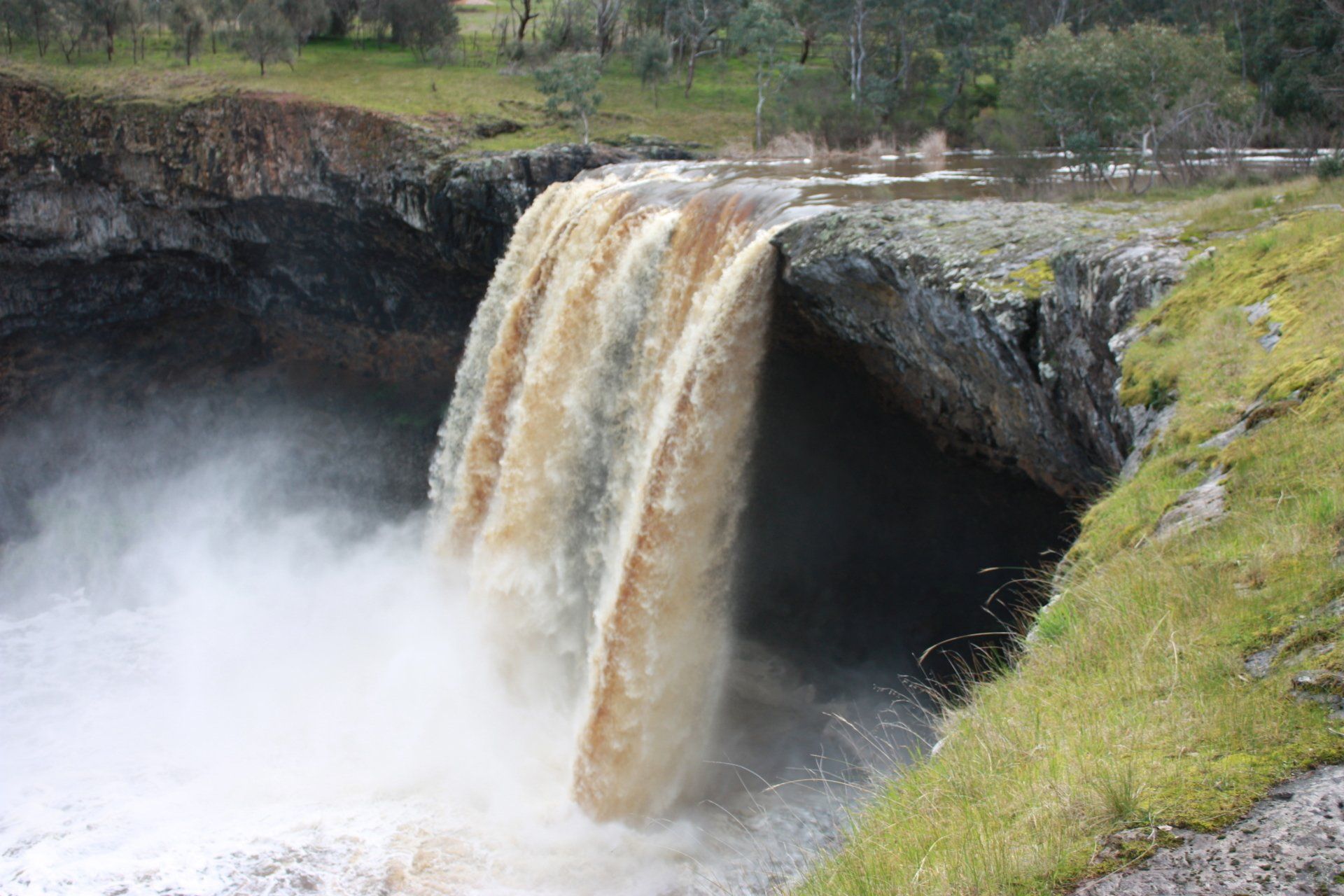
Slide title
Write your caption hereButton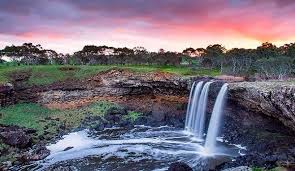
Slide title
Write your caption hereButton
WANNON FALLS

Wannon Falls located 19kms west of Hamilton and presents a spectacular display of water flowing down the falls into a deep plunge pool below.
Wannon Falls was created by basalt lava flow that surged upstream to the Wannon River.
See the falls in full flow after heavy rains.
Address: Glenelg Highway, Hamilton VIC 3300
NIGRETTA FALLS

Take a short detour from the Glenelg Highway for swimming, fishing, picnics and barbecues at Nigretta Falls, a small waterfall fed by the Wannon River.
View the falls from above and enjoy the picnic tables and barbecue facilities or take the stairway leading to the base, where water pools provide excellent secluded swimming and fishing spots.
See the falls in full flow after heavy rains.
Address: Nigretta Falls Road, Hamilton VIC 3300

Slide title
Write your caption hereButtonSlide title
Write your caption hereButton
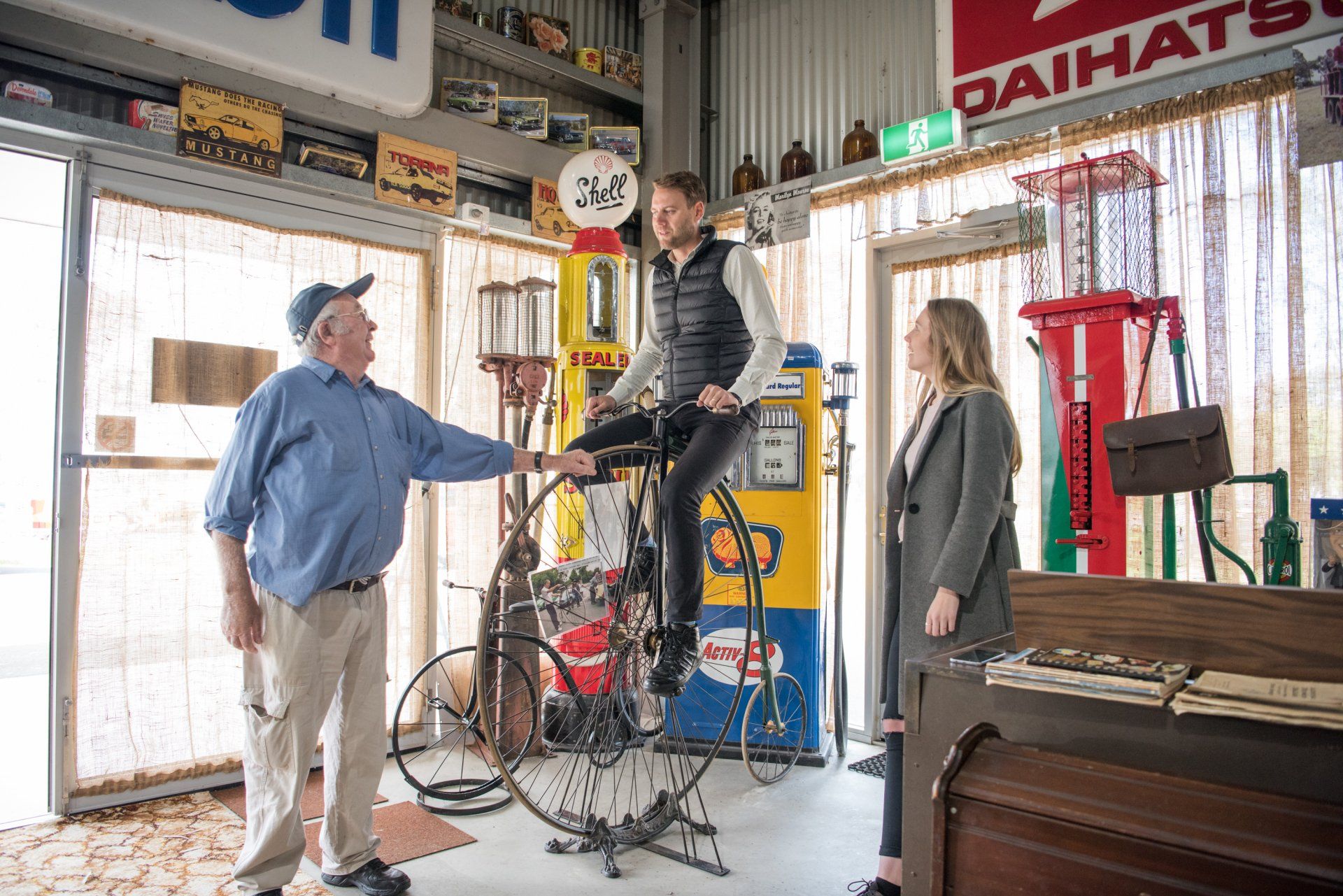
Slide title
Write your caption hereButton
Slide title
Write your caption hereButton
Slide title
Write your caption hereButton
Slide title
Write your caption hereButton
Campes Motor Museum

Campes Motor Museum
Campes Motor Museum is every motor enthusiast’s dream come true. Founded more than three decades ago, the museum is home to vintage cars and an array of motor memorabilia.
You will find Campes Motor Museum, just behind the famous Big Woolbales, and only 3kms north-west of the Hamilton city centre.
Campes Motor Museum – Opening Hours & Admission Fee, Hamilton Vic
This museum started when Glen and Margaret Campe began running “Campes Coaches” back in the 1980’s which ran a school bus run each day as well as bus charters. They grew their business to include a fleet of 14 buses.
Today, the museum celebrates cars, vans and motorbikes by displaying them in their large exhibition shed. Some of the most notable attractions on site include a 1955 Ansett Clipper Bus, a Citroen 1933 and a stunning Stutz 1929.
You will also be able to view motoring memorabilia, photos, antiques and will be able to get up close with the many vintage cars on display. The museum is open daily, but it is wise to call a head to check.
Bandicoot Enclosure

HIRL Parklands & Bandicoot Enclosure is a popular attraction that allows visitors to see beautiful Australian bandicoots up close.
HIRL (Hamilton Institute of Rurual Learning) established the enclosure especially for children, so that they can learn more about Australia’s native flora and fauna.
Visitors are welcome to take a walk through the expansive 100 ha woodland to try and spot the elusive bandicoot. This animal is critically endangered in Australia, therefore this reserve was established to protect and regenerate the species.
There is a protective fence around the reserve to allow the bandicoots to live and breed in relative safety. More than 120 bandicoots were introduced into the reserve when it opened, and a further 30 in 2007. Since that time, breeding has further increased those numbers.
The native flora is maintained by a team of dedicated volunteers and many native birds and frogs now call this reserve home.ke a short detour from the Glenelg Highway for swimming, fishing, picnics and barbecues at Nigretta Falls, a small waterfall fed by the Wannon River.
View the falls from above and enjoy the picnic tables and barbecue facilities or take the stairway leading to the base, where water pools provide excellent secluded swimming and fishing spots.
See the falls in full flow after heavy rains.
Address: Nigretta Falls Road, Hamilton VIC 3300

Slide title
Write your caption hereButton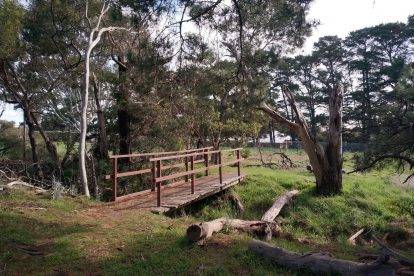
Slide title
Write your caption hereButton
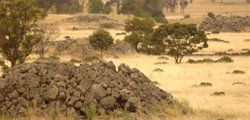
Slide title
Write your caption hereButton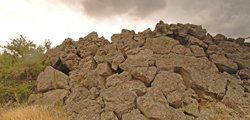
Slide title
Write your caption hereButton
Lava Blister (Tumuli)

West of Byaduk Caves, near the limits of the Harman’s Valley flow are a number of unusual clusters known as Lava Tumuli or ‘Blisters’. Lava Tumuli are clusters of unusual circular mounds or hammocks of rocks, up to 10 meters high and 20 meters in diameter, caused by the lava flow.
The Lava Tumuli can be seen also the edge of the Harman’s Valley flow at Wallacedale, 13km west of Byaduk Caves on the Old Crusher Road.
Mount Napier State Park & Byaduk Caves

Approximately 20km south of Hamilton lies Mount Napier, the youngest volcano in Victoria and the highest volcanic point in the Western District Plains.
Surrounded by Mount Napier State Park, Mount Napier, Australia's youngest volcano, has many eruption and lava flow features that are remnants from the last stages of volcanic activity believed to have occurred less than 10,000 years ago. A variety of features has been preserved for viewing, with some lava flows reaching as far as the sea between Port fairy and Portland. Mount Napier is best attempted with a 4WD.
The Byaduk Caves in Mount Napier State Park are a very extensive and accessible set of lava caves. Being so young they are largely unweathered and still maintain their natural state.
The caves were formed when lava flowing from the volcanic crater was quickly cooled by outside air, forming a crust with hot liquid lava flowing beneath. When lava flow ceased, a hollow tube was left behind. The largest caves are 18 metres wide, 10 metres high and extend 20 metres below the surface. Walking tracks follow cave edges and have a number of viewing points to observe flora, fauna and lava features.00
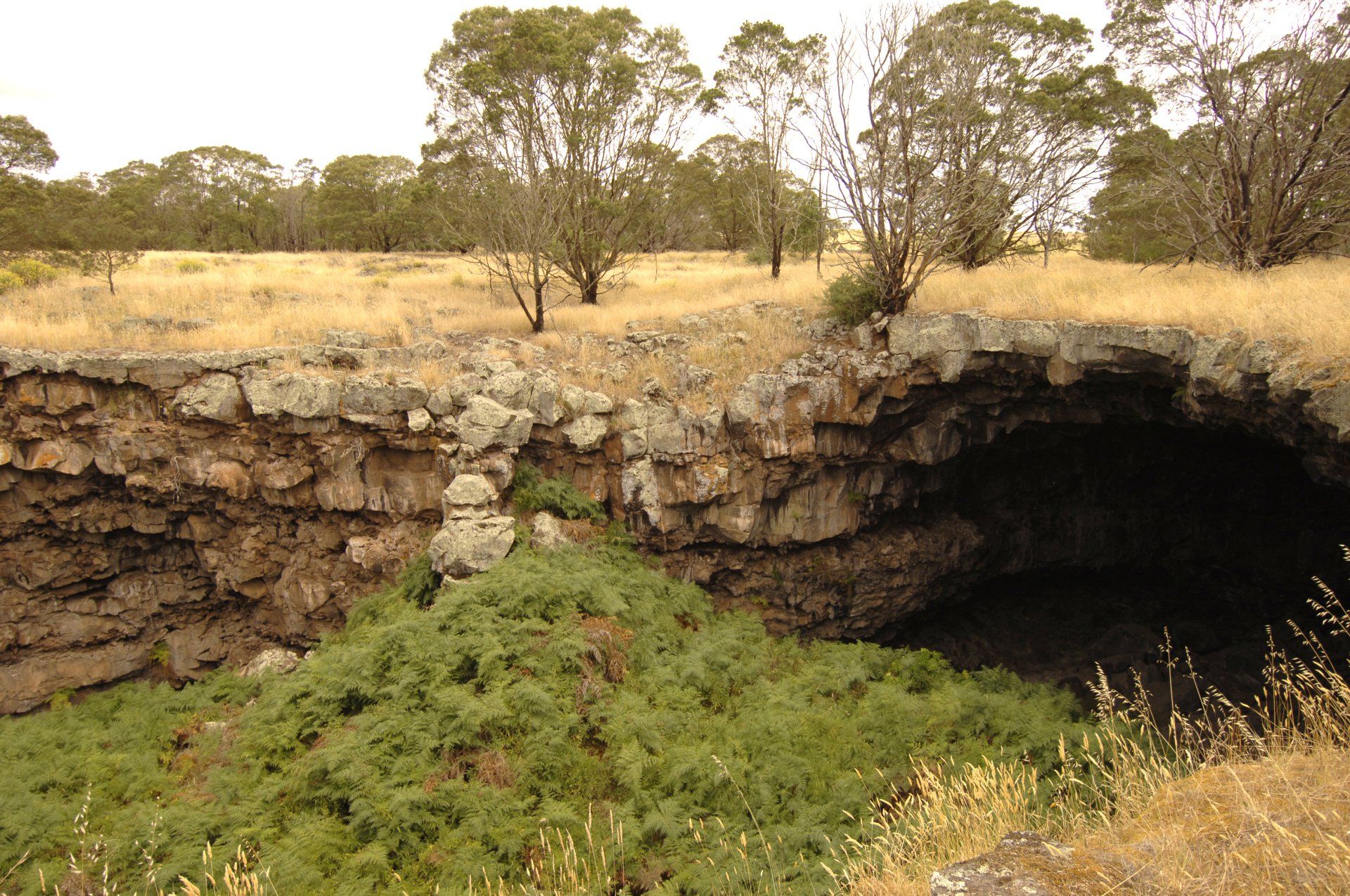
Mount Napier and Byaduk Caves
Write your caption hereButton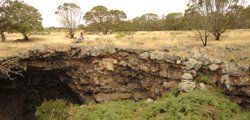
Slide title
Write your caption hereButton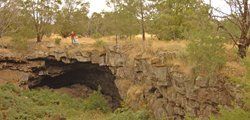
Slide title
Write your caption hereButton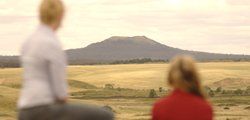
Slide title
Write your caption hereButton
Lake Hamilton

Lake Hamilton is located at the eastern end of Hamilton and is surrounded by 25 hectares of parkland. The lake provides two sandy beaches, BBQ and picnic facilities, a boat ramp, as well as a walking and cycling track that circles the entire lake. A great place for kids to play and enjoy the parks playground. The Hamilton Park Run is a weekly 5km run around the lake free for anyone to participate.
Activities: Fishing, sailing, rowing, windsurfing, canoeing and swimming.
Facilities: 4.2 km walking track, Picnic areas, Public Toilets, Boat Ramp, Playgrounds, Fishing and Water sports
Fishing: Contains Brown Trout, Rainbow Trout, Golden Perch, Estuary Perch, Tench and Redfin.


